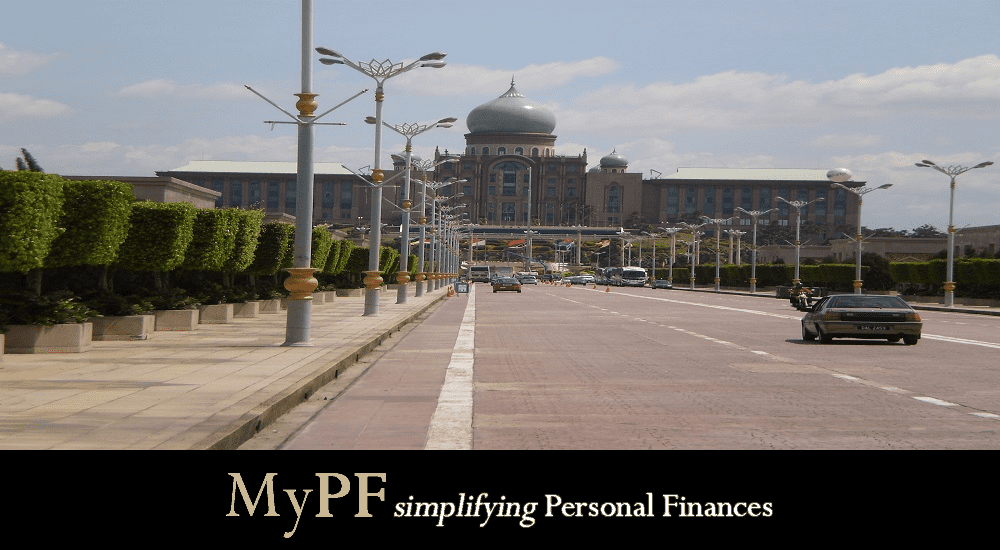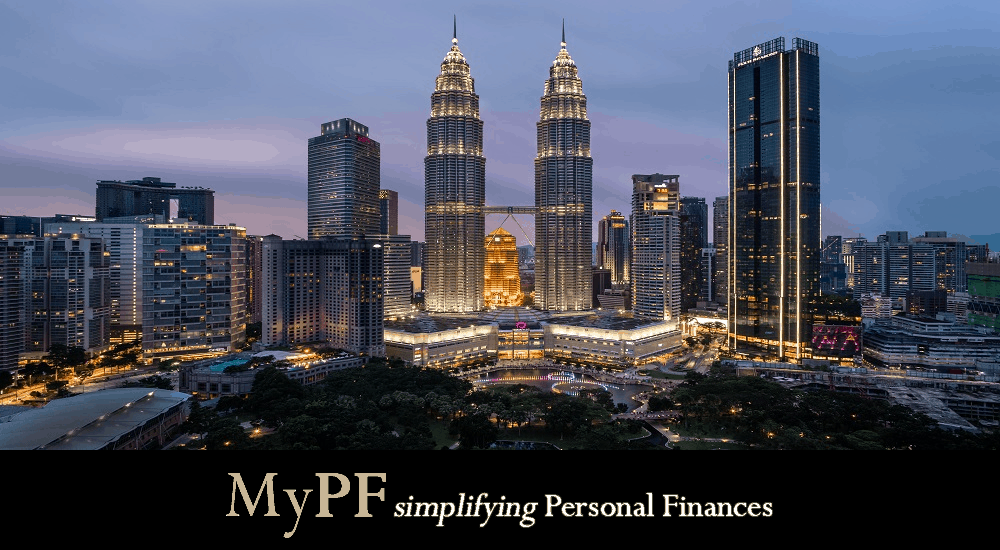Wonder how your taxes are being spent? How does the government spend money every year?
Every year, you declare your income and pay your taxes. It’s a mad rush when it comes to doing this from figuring out what can be claimed and offset against your income.
However, have you ever wondered how your tax money is being spent by the government? How are they channeled to help you and the people around you?
This guide will help you to understand how the Malaysian government obtains and spends the funds they have every year!
Contents
#1: Where Does the Government Get Its Funds From?
First of, where does the government get its money from every year? You might be tempted to think its all from us paying income tax and companies paying corporate tax.
That might be true. However, only about 40.4% of total government revenue (estimated RM285.2 billion) is expected to come from company and personal income tax in 2022. Surprising, quite a big proportion of government revenue actually comes from the following items.
- Investment income: RM63.4 billion (22.2%)
- Sales and Services Tax (SST): RM29.7 billion (10.4%)
- Tax Duties (Excise, Import, Export): RM15.9 billion (5.6%)
- Petroleum Income Tax: RM19.3 billion (6.8%)
- Licenses and Permits: RM13.3 billion (4.7%)
Investment income is actually money provided by institutions in the form of dividends such as Petronas, Bank Negara Malaysia, EPF, Khazanah Nasional Berhad and others. Petronas in particular is one of the biggest provider in 2022, with an expected contribution of RM50 billion, followed by Bank Negara Malaysia at RM5 billion.
The Sales and Services Tax (SST) that replaced Goods and Services Tax (GST) is also a major contributor (that 6% service charge when you dine at a restaurant).
#2: How Much Does the Government Spends on Operating Expenses … or Keep the Lights On?
Think of operating expenses as akin to what a company needs to spend on a day-to-day basis to keep it going. The same applies to government. They need to spend on paying their employees, keeping the lights on, repairing their buildings, etc.
Remember the RM285.2 billion of revenue the government is expected to collect in 2022? That amount is barely enough to cover the operating expenses of RM284.7 billion. These are the top list of items that the government spends the most money on.
- Emoluments (Salaries and Wages): RM86.5 billion (30.4% of total operating expenses)
- Subsidies and Social Assistance: RM58.9 billion (20.7%)
- Debt Service Charge (Think of this as loan repayments): RM43.1 billion (15.1%)
- Supplies and Services: RM33.3 billion (11.7%)
- Retirement Charges: RM28.7 billion (10.1%)
The bulk of what the government spends on is salaries and wages for government employees across the different ministries. After all, there are 1.2 million civil servants currently in Malaysia. Subsidies and social assistance comprises mainly of subsidies for petrol RON95 and diesel in Malaysia. Remember the chicken price fiasco in June 2022? That is also subsidised by the government.
Perhaps worryingly, debt service charge which is how much the government needs to pay for its loans, is quite high at about 15.1% of total expenses and has been subjected to much debate about whether the government has enough to pay.
#3: Does the Government Even Have Money to Invest in Projects?
With so much money being used just to keep the government running, how does it even manage to have money to invest in important projects such as roads, public transportation, electricity and others?
It borrows. Remember the debt service charge previously? The government, like you and a company, can borrow money from others. The difference is that they do it on a much bigger scale, or rather RM1.0 trillion in total debt currently.
For the year 2022, it plans to invest about RM71.8 billion in various projects in Malaysia and is named “development expenditure”. This is different from operating expenses. This expenditure’s focus is to build up the various infrastructures to provide better services to Malaysians in the future. Most of these will be funded through the government borrowing more money.
Below is the list of the top development expenditure that the Malaysian government is planning to spend on in 2022:
- Transportation: RM14.1 billion (19.7% of total development expenditure)
- Education and Training: RM11.7 billion (16.3%)
- Security and Defense: RM8.8 billion (12.2%)
- Healthcare: RM4.5 billion (6.2%)
- Agriculture: RM2.8 billion (3.9%)
The government is planning to continue investing in public transportation projects such as Rapid Transit System, Pulau Indah Ring Road Phase 3, Sultan Ismail Petra Airport (Kelantan), Light Rail Transit Line 3 (LRT3), and many more. Education and Training expenditures will center around construction, upgrading, and renovation of schools, vocational training, and professional and skills programs.
Meanwhile, the government is buying more military and security equipment, and constructing more offices, quarters and camps as part of the security spending. For healthcare, the funds are mainly directed to also constructing, upgrading, and renovating health facilities in Malaysia.
#4: Should We Worry About the Government Spending More Than It Earns?
Technically, yes. As Malaysians, we should be worried when someone is spending beyond their means and especially so when that someone is the government collecting tax from us.
However, as in with most things, there needs to be some context to this. If you are planning to buy a house or a car, you don’t normally put all your cash down and buy them. You will probably try to take a loan as you don’t have enough money right now to pay them in full.
The government does the same thing too. It borrows money and overspends to invest in projects that are deemed important to Malaysians like public transportation, hospital and schools. They make it easier for us to go to work, get quality healthcare and education.
It doesn’t have the money to pay them all now, hence it borrows. We can’t wait until we are 65 years old when we have the required money to buy a house. Like you and me, the government can’t wait until then too to invest in these projects.
We shouldn’t be worried if the government is overspending and investing in projects that Malaysians can benefit from. We should be worried when those investments become white elephant projects and does not benefit Malaysians.
Conclusion
Understanding how the government thinks about spending our hard-earned tax money is essential in helping you to make your voice heard to the government. Many times, we are in the dark on how it does so, and this helps us to provide some feedback to the government on how it spends out money. Given that election season is near, use this knowledge to understand how the various parties are planning to spend our hard-earned money.









Leave A Comment